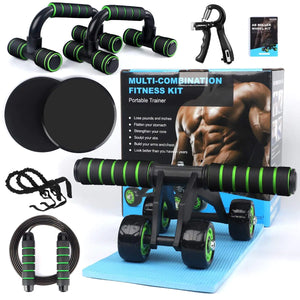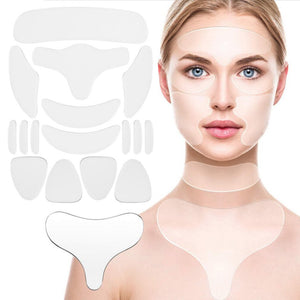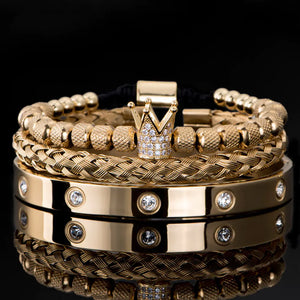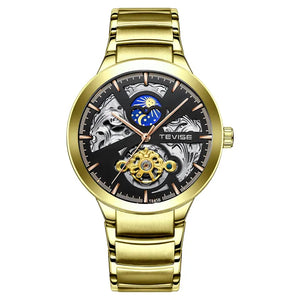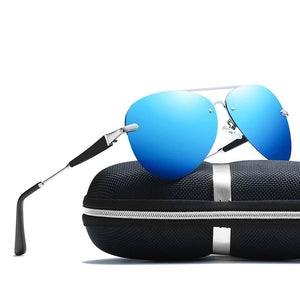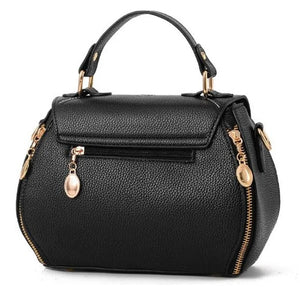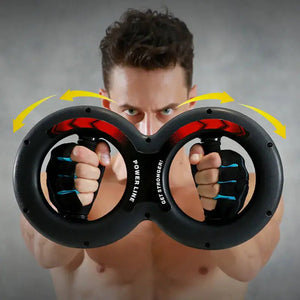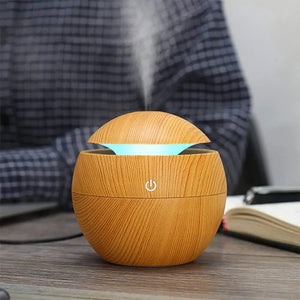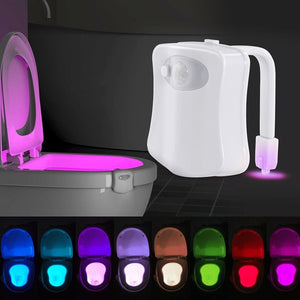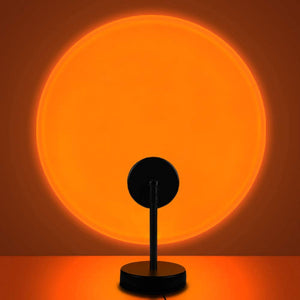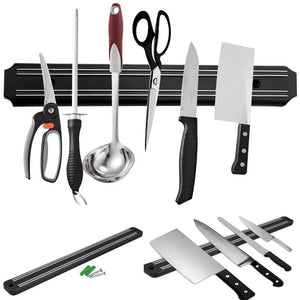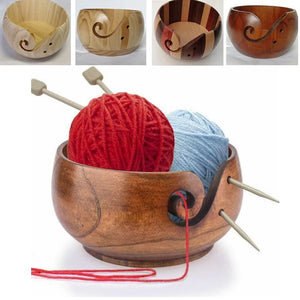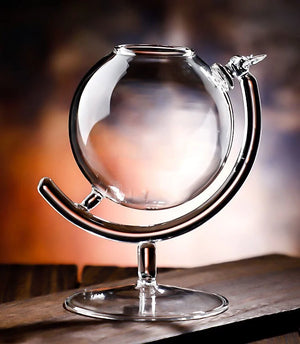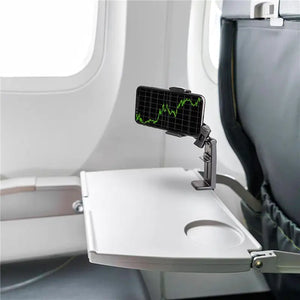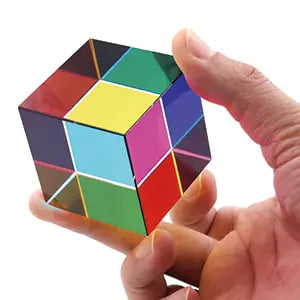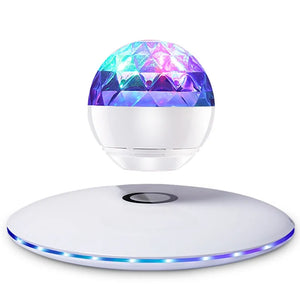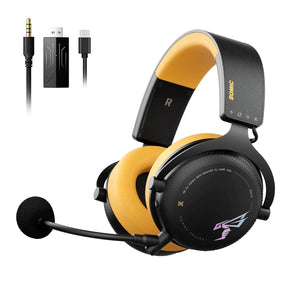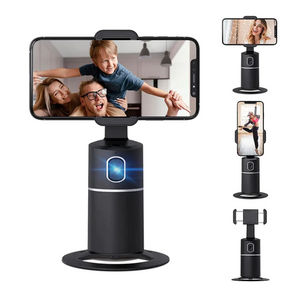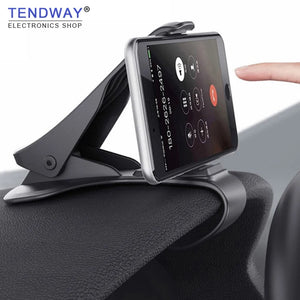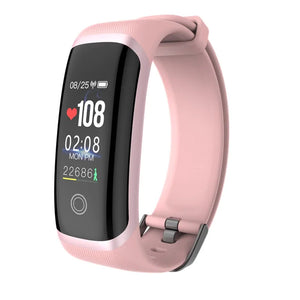
Sunglasses, once a purely functional item used to protect the eyes from the sun's harmful rays, have long since evolved into a significant fashion accessory, with iconic designs and influential brands shaping global trends.
From their early use as protective eyewear to becoming integral components of style, sunglasses' journey through history reflects broader social and cultural shifts, as well as the role of celebrities and designers in the development of fashion trends.
Sunglasses are popular items at Nifty Cool Stuff, our online lifestyle store, and here’s how they came to be that way.
Early Beginnings: The Practical Origins
The history of sunglasses dates back to ancient civilizations, where rudimentary forms of eye protection were used by people in sunny regions.
The first recorded use of glasses to shield the eyes from the sun was by the Inuit, who crafted snow goggles from bone, ivory, or wood to reduce glare from the snow. These goggles were designed not for fashion, but purely for protection in the harsh Arctic environment.
The next significant development came in 12th-century China, where polished quartz lenses were used by judges during trials to obscure their emotions and provide some eye protection from the sun.

However, it wasn’t until the 18th century that sunglasses as we recognize them today began to take shape.
In 1752, James Ayscough, an English optician, experimented with tinted glasses to correct vision problems and also protect the eyes from sunlight, particularly for those with light sensitivity.
Early 20th Century: Sunglasses for Functionality
As the 20th century dawned, sunglasses were still primarily associated with function rather than style.
In the early 1900s, a significant leap occurred with the invention of modern sunglasses, mainly driven by the need for protection during outdoor activities and in response to emerging aviation technology. The U.S. Army began issuing tinted goggles to pilots to reduce glare at high altitudes. These goggles became a prototype for the sunglasses that would soon enter mainstream fashion.

In 1929, Sam Foster, an entrepreneur, began mass-producing sunglasses under the brand name Foster Grant, which quickly became available in American department stores. They were marketed as practical eyewear for the beach or outdoor sports, although their appeal remained largely functional.
Throughout the early 20th century, sunglasses were still mostly seen as utilitarian and were worn by workers, aviators, and soldiers, with little attention to their aesthetic value.
The 1930s-1950s: Enter Hollywood and Glamour
It was not until the 1930s that sunglasses began to take their first steps toward becoming a fashionable accessory, and this shift was heavily influenced by the film industry.
Hollywood celebrities, known for their glamour and fashion-forward sensibilities, adopted sunglasses as part of their public personas. Sunglasses began to appear on the silver screen, with stars like Greta Garbo and Clark Gable wearing them both in films and in their off-screen lives.

In 1936, American designer and businessman John A. Macready patented the first polarized sunglasses, which reduced glare from surfaces like water and roads. Polarized lenses also offered more effective protection against the sun's rays, further cementing sunglasses' role as both a functional and stylish accessory.
The invention of polarized lenses led to a growing popularity of sunglasses in the 1940s and 1950s, especially among those in Hollywood who embraced them as a symbol of sophistication.
During this period, sunglasses went from being a mere practical item to a part of the “star” persona.
In the 1940s, the rise of stars like Audrey Hepburn in Breakfast at Tiffany’s and James Dean in Rebel Without a Cause solidified the association of sunglasses with glamour and rebellion. Hepburn’s iconic cat-eye glasses, in particular, became an enduring symbol of feminine elegance and style, while James Dean’s aviator sunglasses evoked a sense of cool defiance.

1960s-1970s: The Rise of Designer Brands and Iconic Styles
The post-war period saw a shift toward youth culture, and sunglasses began to emerge as a symbol of individualism, rebellion, and counter-cultural movements.
The 1960s marked a turning point when sunglasses became a quintessential accessory for the burgeoning hippie and bohemian movements. Brands like Ray-Ban, which had previously been associated with military and aviation use, were embraced by the youth as symbols of freedom and style.

In 1962, Ray-Ban introduced the iconic Wayfarer design, which quickly became a fashion statement, worn by everyone from musicians to movie stars.
The Wayfarer’s popularity was further solidified when James Dean and later, Bob Dylan, were seen wearing them, cementing the connection between sunglasses and cool, effortless style.

At the same time, other brands, such as Persol and Oliver Peoples, began to rise to prominence with their focus on quality and high-end fashion.
The 1970s saw the birth of another cultural phenomenon: oversized sunglasses. Celebrities like Jackie Kennedy, who was regularly photographed wearing large, round frames, popularized the style, and soon it became synonymous with luxury, mystery, and refinement.

Designer brands like Chanel, Gucci, and Yves Saint Laurent capitalized on this trend, further cementing the role of sunglasses as an essential fashion accessory.
1980s-2000s: Sunglasses as Pop Culture Icons
By the 1980s, sunglasses had firmly established themselves as an essential element of the fashion world. The decade saw the rise of designer sunglasses, with brands like Ray-Ban, Oakley, and Prada releasing their own collections.
Sunglasses became closely associated with music icons like Madonna, Michael Jackson, and Bruce Springsteen, who sported bold, statement-making designs that reflected their unique styles.

The 1990s brought an era of experimentation and personalization in fashion, including sunglasses.
Smaller frames, often in bold colors or with eccentric patterns, became popular among youth subcultures like grunge and rave. Designers like Marc Jacobs and Versace as well as independents began to integrate sunglasses into their collections as essential accessories for the fashion-conscious.

Today: A Mainstream Fashion Staple
Today, sunglasses are ubiquitous, and the market continues to grow with brands and designers constantly innovating with new materials, designs, and technologies. They are no longer seen merely as protective eyewear, but as crucial pieces of personal style.

Sunglasses now come in every shape, color, and size imaginable, from oversized frames to minimalist designs, and the celebrity influence remains strong.
With the rise of social media and influencers, sunglasses have become an essential part of "influencer fashion," and are frequently used to create signature looks and boost personal brand recognition that’s moved away from the big names to more individualized preferences.

For the most part, these are the manufacturers and styles featured at Nifty Cool Stuff.
Sunglasses are now synonymous with luxury, practicality, and fashion, embodying both individualism and a globalized, high-fashion sensibility.
From their functional beginnings to becoming must-have style statements, sunglasses have undergone a remarkable transformation, reflecting the changing tastes, desires, and cultural movements of the 20th and 21st centuries.

Today, they are as much a part of fashion as any other accessory, with the power to elevate an outfit or complete a look, making them a timeless symbol of both protection and style.

This modern-day variety is emblematic of the collection available at Nifty Cool Stuff, so feel free to give us a click and determine which style fits your look!









